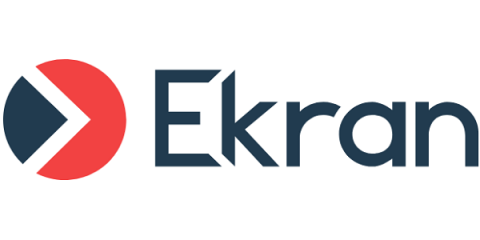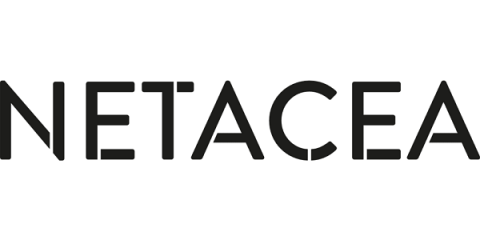What is the California Privacy Rights Act (CPRA) 2020 and how does it compare to the CCPA?
The California Privacy Rights Act (CPRA) is an extension of the 2018 California Consumer Privacy Act (CCPA). The goal of both laws is to enhance the privacy rights of California residents with regards to the personal information that companies collect about them, giving them the right to see, delete and limit the sale of that data. The CPRA will be fully implemented in mid-2023. In this article, we will take a close look at the provisions of CPRA and how it amends the CCPA.









